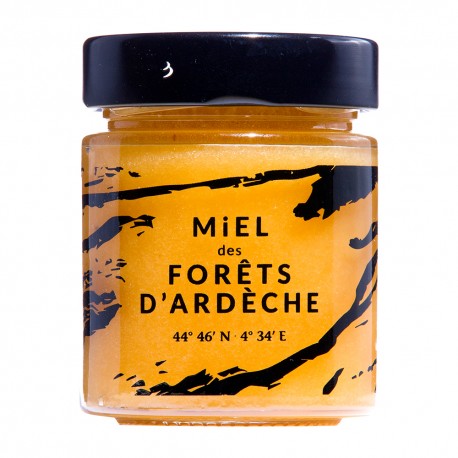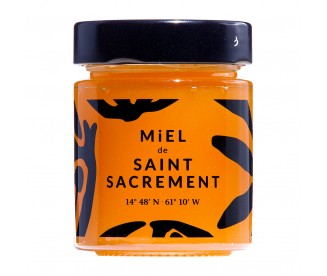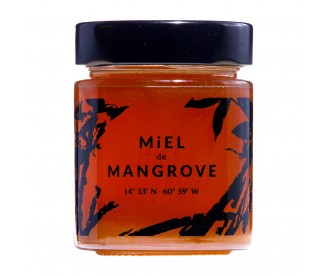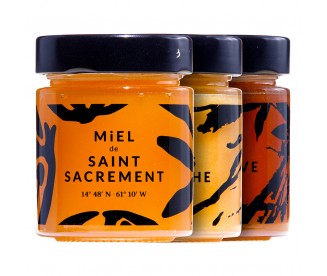Miel de forêt d'Ardèche
localisation : 14° 48' N | 61° 10' W
Harvested in Ardechian underwood, in the shade of centenary chestnut trees, this rare honey is the result of a unique blooming cycle. Ardeche is a region of low mountains known for the quality of its ground products and this organic, creamy honey. This degustation honey will seduce your taste buds with its flavours of chestnut cream, nougat and caramel.
175G | Récolté en France
25,00 €
Data sheet
flowers: Châtaignier, Laurier de St-Antoine

They could find in the nature the raw material they needed for their art. Red ochre was in the rivers stones that they use to crush in powder ; they made black carbon with pine trees ; they made paintbrushes with horsehair. Back in this ice age, the mounts of Ardeche were covered with pines like a thick fur.
They lived in these dark forests, this territory where bolts hit hard on the stones, where peaks, alike ruined towers, command to the gorges. These men lived 36000 years ago. They mastered fire-making. And they would always remember, in their tales, the great rhinos, the snow panther : they drew. Their caves were sanctuaries. In the dark, some shapes appeared on the walls. They mastered the techniques of perspective and stump. In 1994, the cave of Pont-d’Arc revealed their existence, their perception of the wild nature they depended on : a constellation of red dots, a fresco in which dozens of horses seem to flight, a child’s footprint moulded in clay.
Here in the valleys of Ardeche, we tracked a tradition inherited from these ancient ages. Cavemen have already observed the bees who would find shelter in the trunk of chestnut trees, out of...
In stock









